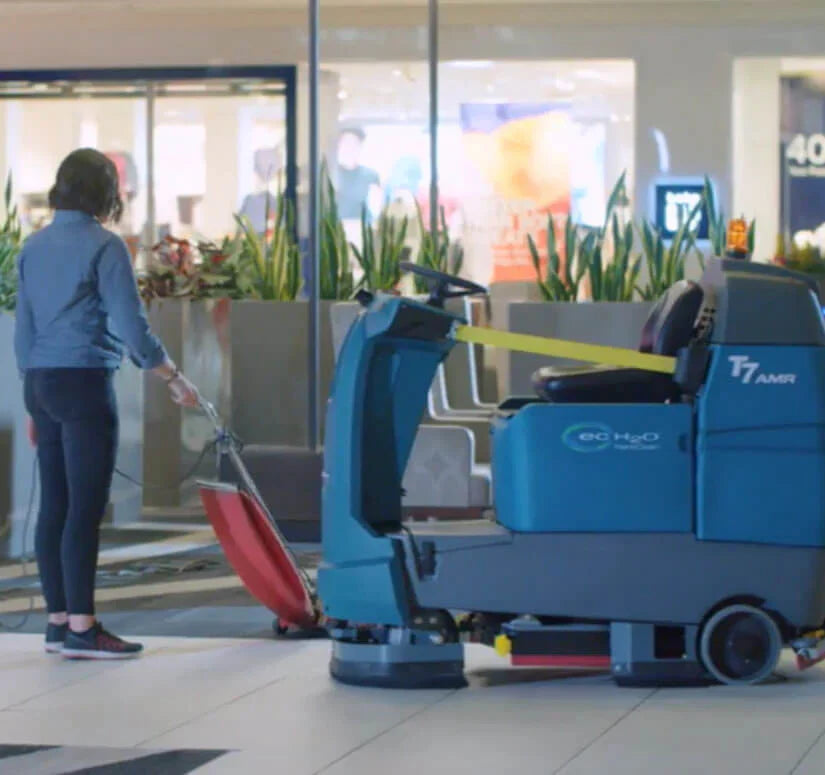Your Cart is Empty
While struggling with other companies for weeks that providing the same service, the sales team at SweepScrub was efficient at answering questions, providing a quote, and was engaged through the delivery process. The refurbished unit came in on time as promised with no issues. The unit arrived well packaged, clean, fully charged ready to go.
I highly recommend SweepScrub.
First class service.
Special thanks to Jerry Pavlic.
Came Quickly and needed.

